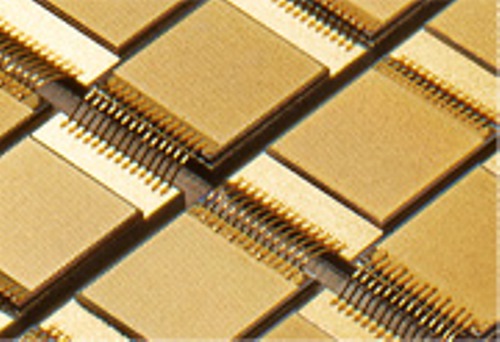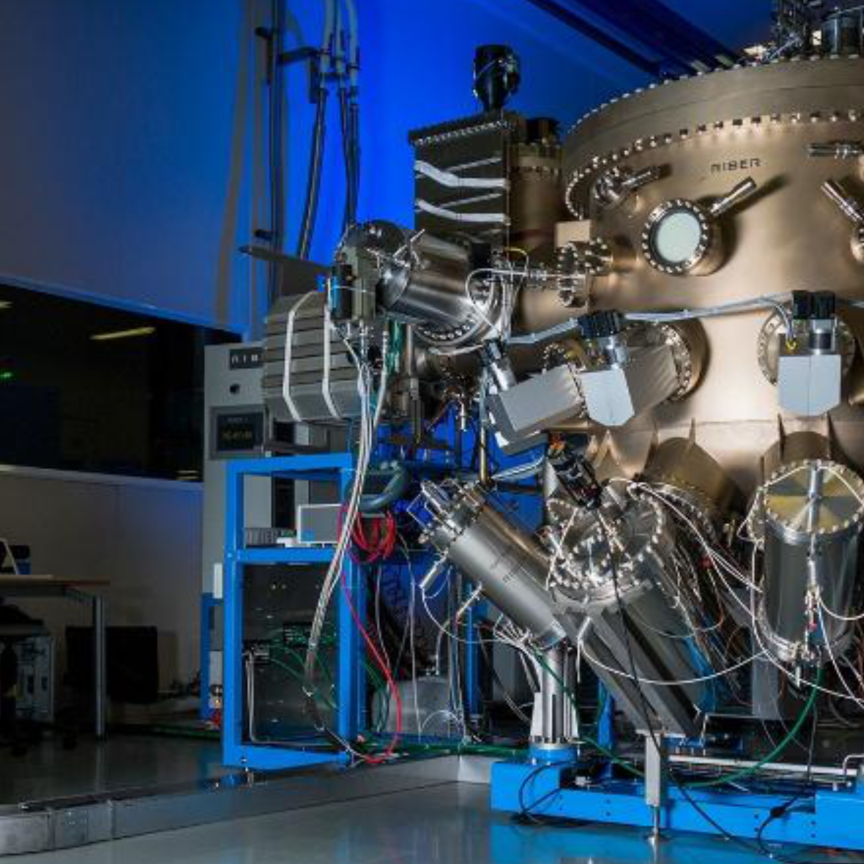The capability to manufacture vertical cavity surface emitting lasers (VCSEL) using high-volume semiconductor manufacturing techniques has now been made possible, thanks to the sucessful completion of a €23 million EU project, opening up the potential of new solutions such as high speed data transmission, 3D recognition, optical sensors such as lidar, and digital industrial thermal processes.

Credit: Philips
The ‘VIDaP’ project (VCSEL Pilot Line for Illumination, Datacom and Power Applications) was launched in 2014 with the aim of developing automated production processes for VCSELs. It was jointly sponsored by the German Federal Ministry of Education and Research (BMBF) and the EU, and executed under the umbrella of the European ECSEL programme.
Since its inception in 2014, the project has focused on making significant advances in highly automated manufacturing, bringing VCSEL production to the same level of maturity as the LED industry. Philips Photonics led the project, and included partners IQE, STMicroelectronics, Sidel, SICK AG, Mellanox Technologies, and the Technical University of Eindhoven.
VCSELs are key components that drive and enable the advancement of numerous fast-growing digital technology markets. Global revenues for the VCSEL market currently stand at several hundred million, and are expected to rise to above $1billion in 2022, according to analysis by Yole Développement.
According to Philips Photonics, prior to the project, VCSELs were only manufactured in small quantities, through largely unautomated processes. Now, Philips and its consortium partners have demonstrated the capability to manufacture VCSELs to the same standards as other high volume semiconductor components. The capability will help to unlock the potential of new solutions such as high speed data transmission, 3D recognition, automotive lidar, and digital industrial thermal processes, whilst significantly reducing the size of sensors and energy consumption in data centers and thermal industrial processes.
Following the announcement last year that Philips was expanding and doubling the capacity of its laser-diode facility in Ulm, Philips has produced a cumulative 700 million VCSELs. This fast growth in demand has triggered follow-up investments that will lead to another doubling of capacity by early 2018. The expansion of the facility in Ulm is also on track to be completed by the end of 2017, as scheduled.
'With the digital revolution firmly underway, the market need for VCSELs is rapidly accelerating. Anticipating this demand, over the past few years we have invested consistently in research, product development and efficient manufacturing processes,' said Joseph Pankert, general manager, Philips Photonics. 'Today, our products are widely used in data centres, smartphones and a number of industrial applications, with the advancements brought about by the project helping to secure Philips a leading European position in this growing segment of optoelectronics.'

